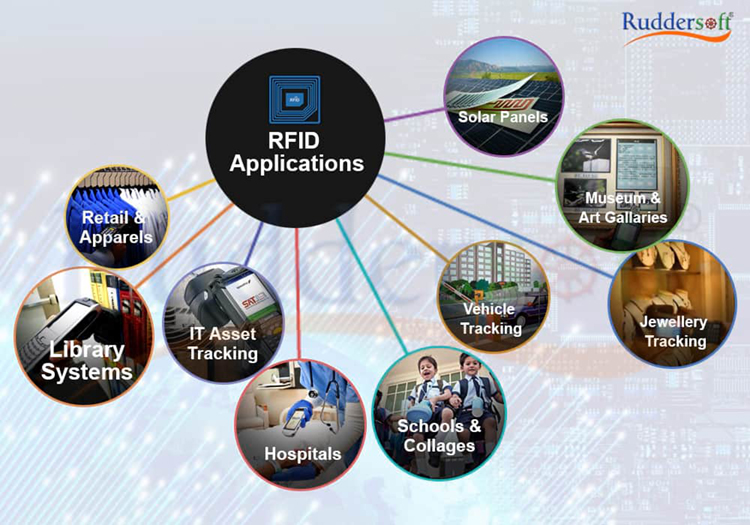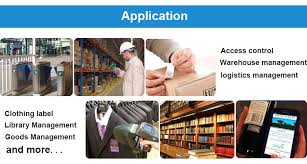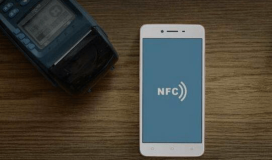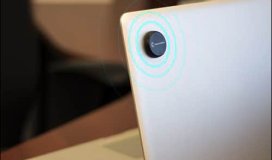Many people learn about RFID and its capabilities and then think of a way this technology could benefit a business, personal, or real-world process. While RFID is useable in many types of applications, the feasibility – from either an application or cost standpoint – isn’t always there. This article walks you through the essential steps to find out if your application is RFID ready.

Step 1: What is the application?
There are two types of answers for this question – either a simple sentence answer, or multiple, paragraphs denoting specific details. While nether approach is wrong, all potential applications can benefit from spending time outlining and defining the application. Below are a few questions to consider before moving on to the next step. For more, in-depth questions, checkout Deploying an RFID System.
What problem are you trying to solve?
Who benefits from the success of this application?
How many assets/items need to be tracked?
Is there any metal or water interference?
What type of RFID is best suited for this application with regard to read range?
Do you have any specific requirements for the system (e.g. customer facing, high speed, software integration, etc.)?
Step 2: Is it Feasible?
When discussing feasibility, two distinct types should be taken into consideration – application feasibility and cost feasibility.
Step 3: Talk to an RFID Professional
At any stage in the RFID process, discussing an application’s feasibility or ROI is highly recommended. Not only is RFID a relatively new technology, but some systems can have a higher price tag than others depending on the features and requirements. Don’t hesitate to discuss the application and get feedback from someone in the industry that has hands-on RFID experience. RFID professionals can help to save money and time as well as recommend the best course of action for the application. Consider them a resource.
Step 4: Testing
Depending on the advice from an RFID professional, the likely next step is to get some equipment in-house to start the testing phase.
Select RFID tags by narrowing down options based on their specifications as well as the material type and shape of the asset to be tagged. Small packs or rolls of tags, application sample packs, or mixed sample packs can be purchased for testing in order to sample a variety and ensure the best tag is chosen.
Development kits are a good way to keep costs relatively low and not over complicate the buying process while getting the necessary hardware components in-house for testing. While development kits vary, they typically include an RFID reader, one or more antennas, a small set of RFID tags, demonstration software, and access to the manufacturer’s SDK (i.e. software development kit).
At this stage, you can expect to spend up to a thousand dollars or more to begin testing. Even though purchasing RFID equipment and tags for testing may seem like a sunk cost, investing in a new technology that could potentially have a positive ROI is a risk that each company should consider carefully. Most new technology purchases begin with a risk, but investing a small amount in the beginning could result in a large payoff for a company that has a feasible application.

Step 6: Get Feedback & Buy-In
Talk to stakeholders and personnel to gain buy-in by walking them through the application and proof of concept and explaining the expected ROI for the company. It is crucial to gain stakeholder and personnel buy-in, not just to receive funding for the application, but also to initiate preliminary conversations about personnel training and use of the system.
Step 7: Deploy
A pilot phase or full deployment can be rolled out after analyzing results and stakeholder buy-in have been completed. The next step would generally be to deploy the system with the hardware, tags, and any necessary software integrations. The introduction of software (i.e. scoping, development, integration, and training) can be tedious, but, because RFID has been proven successful in the application, software refinement and integration should not change the success rate.
The preferred method is to roll out a pilot phase which usually consists of a limited number of key read zones that are tested thoroughly to uncover any potential issues with the process, software, or RFID system itself. The pilot phase is a logical step between the proof of concept and a full-scale deployment with numerous read areas, and allows for any necessary adjustments before expanding the RFID deployment.



